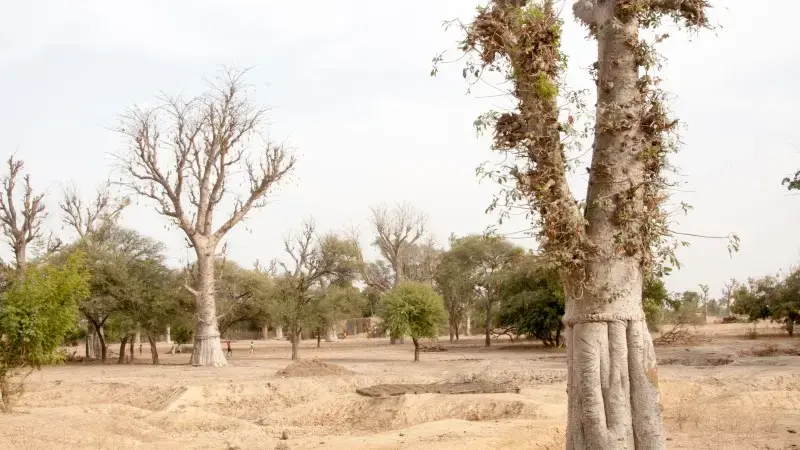A shift in paradigm for more responsive soil restoration and climate change mitigation

Soils offer one of the most potent opportunities for mitigating climate change, as a vehicle to reduce atmospheric carbon and nitrogen. A newly published study investigating soil carbon and nitrogen dynamics may equip countries with a more accurate and responsive framework to restore their soils and unlock the mitigation potential.
An estimated 50 to 70 percent of original carbon stock has been lost from world’s soils from change in land use and unsustainable land management practices. Soils are also the largest emitters of nitrous oxide, a greenhouse gas, in large part from increasingly intensive farming practices and use of chemical fertilizers to meet the demands of growing populations.
Assessing natural and anthropogenic factors controlling carbon (C) and nitrogen (N) in soils at river basin scale is essential to manage land restoration and reduction of greenhouse gases emissions. However, up until now, studies on C and N balance at the basin scale have only factored in net land cover and change in land use, overlooking other terrestrial processes.
The study used the diverse an multi-functional landscapes of the Mo river basin in Toga to assess the inter-dependence of ecology, land management and landform on soil C and N. Scientists found that the storage of C and N in soils is controlled by not only cover and use of land, but also its physical features or terrain and management regime.
Based on the findings, scientists believe that the business-as-usual approach of factoring in only net land cover and change in land use needs to be replaced with a new concept of ‘integrative C&N storage response unit’ (iCNU) for more accurate and effective land management. The new iCNU concept will incorporate at least three factors: land cover/use, land form, and management regimes to allow more accurate C & N balance accounting at water basin or larger scale.
The study, titled “Potential storages and drivers of soil organic carbon and total nitrogen across river basin landscape: The case of Mo river basin (Togo) in West Africa” was published in the Ecological Engineering journal (DOI: 10.1016/j.ecoleng.2016.11.055). The research was a collaboration between the CGIAR Research Program on Dryland Systems led by ICARDA (principal supervision) and WASCAL (West African Science Service Center on Climate Change and Adapted Land Use) Graduate Programme on Climate Change and Land Uses.
Research Partners: CGIAR Research Program on Dryland Systems (principal scientist), Kwame Nkrumah University of Science and Technology (Ghana), University of Lomé (Togo), ETH Zurich (Switzerland)
